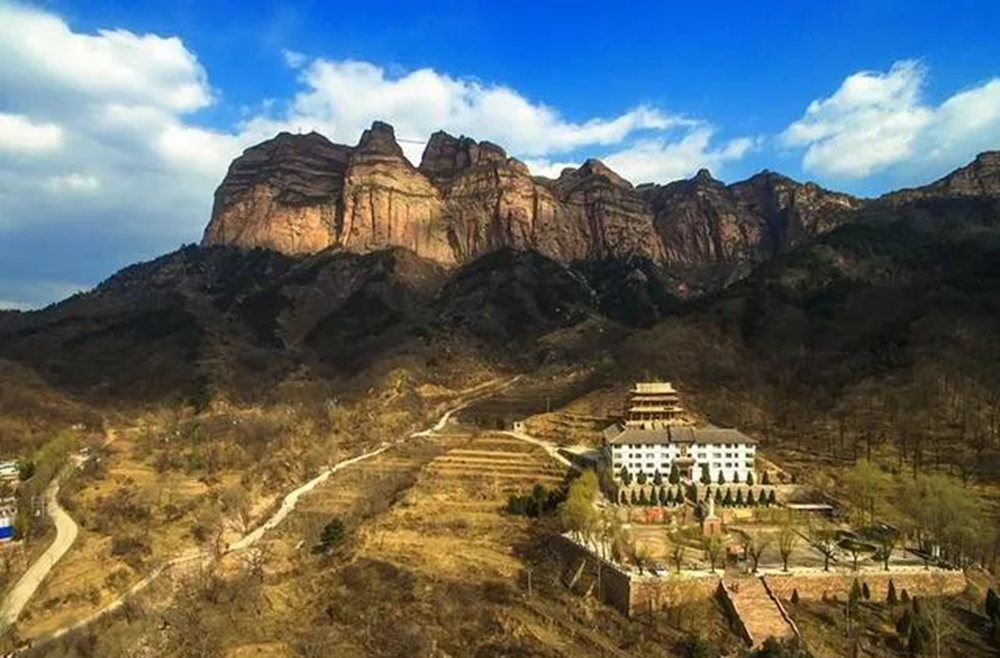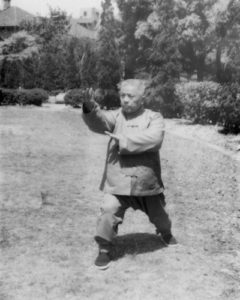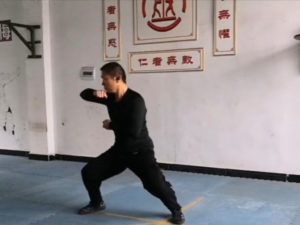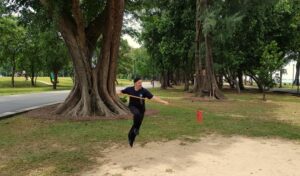Resultant from writings in the Qing and Minjian periods that referred to Zhang Sanfeng as the Patriach of Taijiquan and Wudang in general many theories have appeared regarding alternate Taijiquan origins. Given that the existence of Zhang Sanfeng has since been trivialized, those histories have been deemed as unsubstantiated. Yet there remain many alternate systems of Taijiquan that can be found. In our evolution series we note some of these as a glimpse of potential alternatives if not the creative juice of Taijiquan society. Either way interesting all the same.
Gu Style Taijiquan is said to have first been transmitted in the end of the Ming dynasty/start of the Qing Dynasty by a Daoist Master from Wudang whom taught his skills in what is today Wei County, Handan City, Hubei Province.
Today the style has different names depending on where it is practiced so that in:
- Zhou County it is known as Gu Style Taijiquan (representatives today include: Zhang Songlin, Zhang Xinhai and Niu Chenhong)
- Ji Ze County it is known as Gu Style Taijiquan (representatives today include: Liu Dexin and Wang Minxue)
- In Wei County it is known as Long Hu (Dragon Tiger) Taijiquan and Hua (Slippery) Quan ( representatives today include: Ma Xiping, Ma Kaiguo and Ren Ruilin)
- Cheng’an County it is called Liuhe Tongbei Taijiquan (Six Harmonies Through the Back Taijiquan) with its representative today being Jin Maodong
- Guangping County calls Long Hu (Dragon Tiger) Taijiquan (Representatives have included Lu Zhenshan, Lu Shouxian, Lu Suling, Xiao Jinbao, Lu Cheng’en, Lu Shangwu and Lai Guozhi)
- Also in Guangping, iIn the 1990’s given the fame of 5th generation Lu Mingjin, his successors called it Lu Style Taijiquan (today’s successor is Lu Kui’en)




